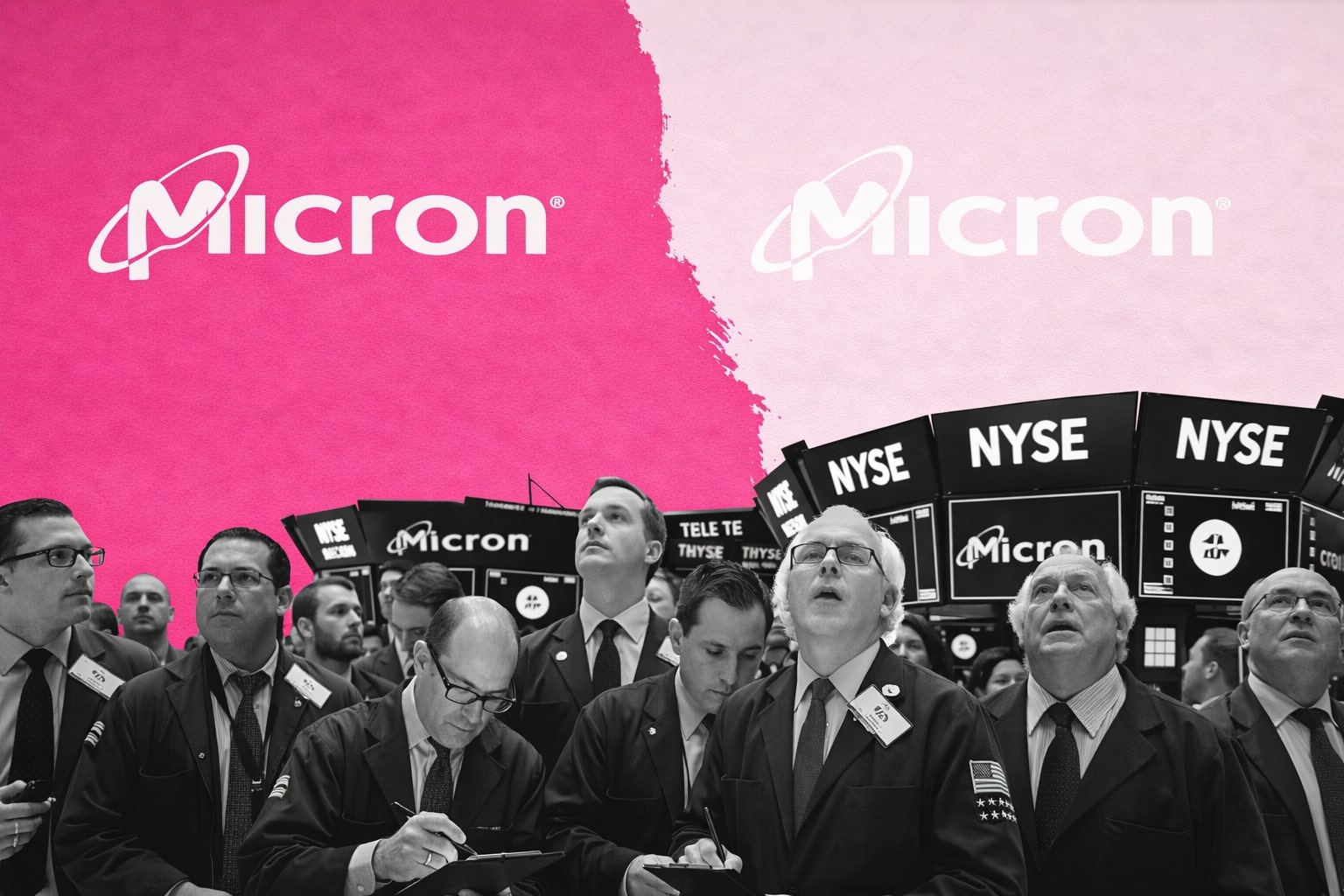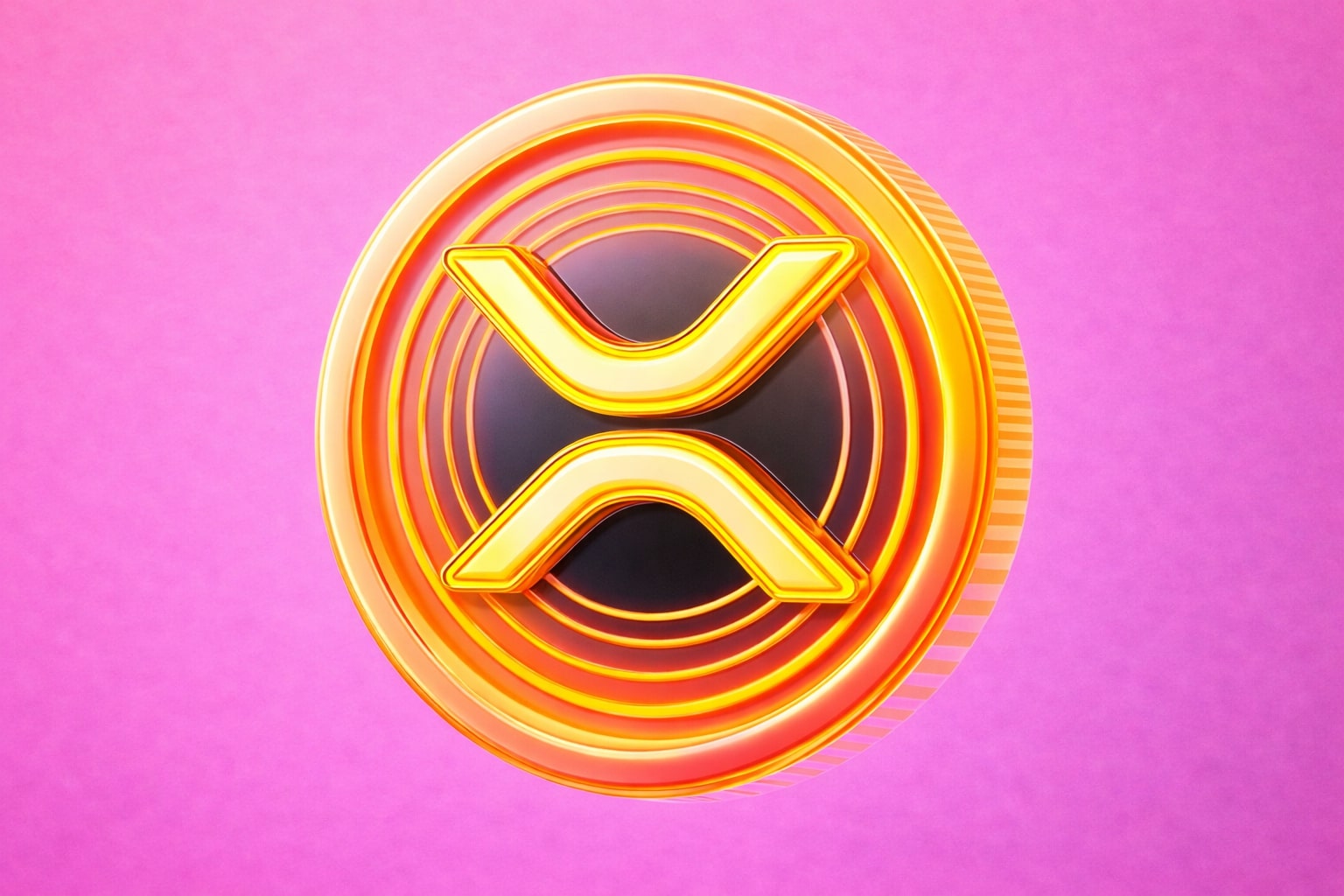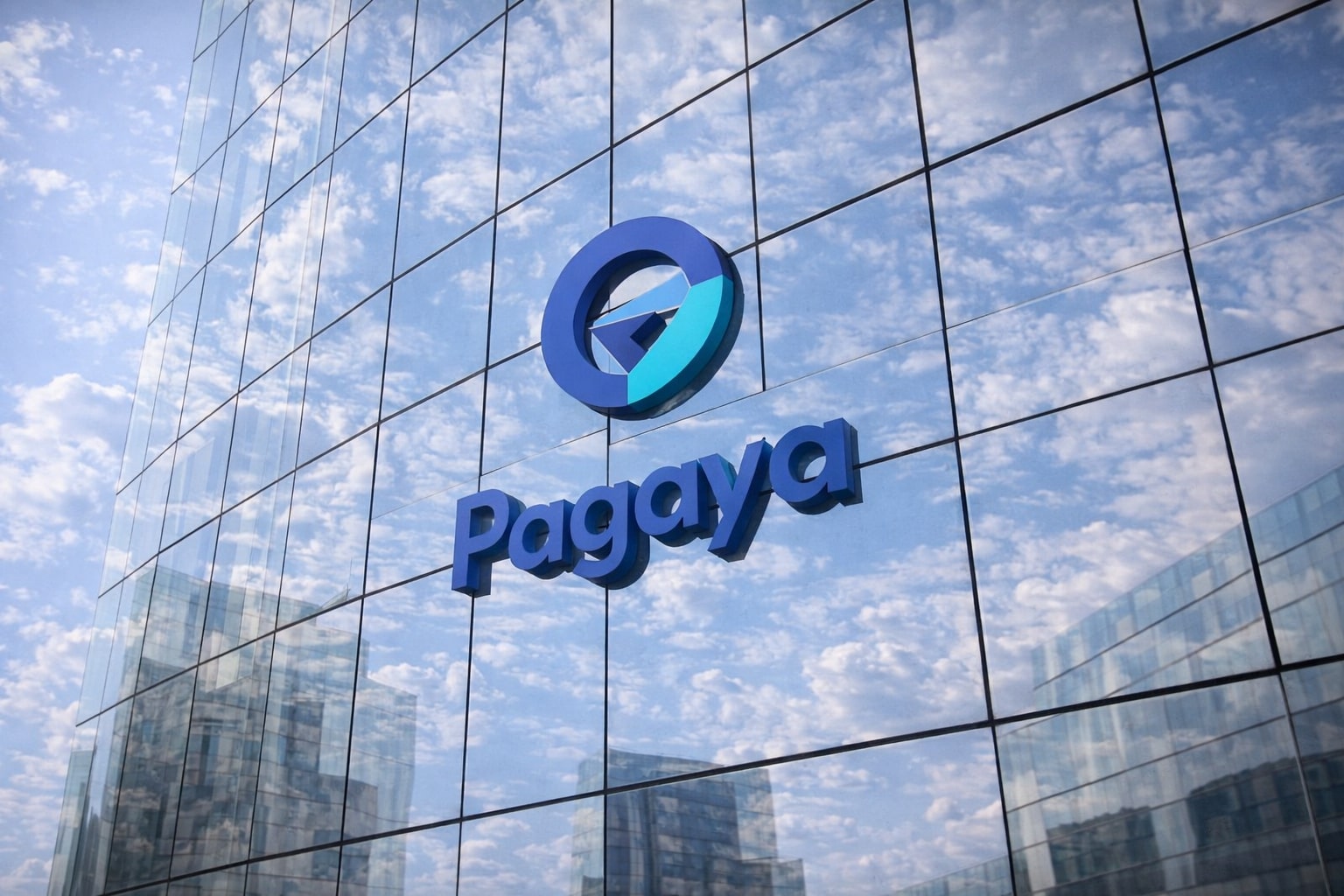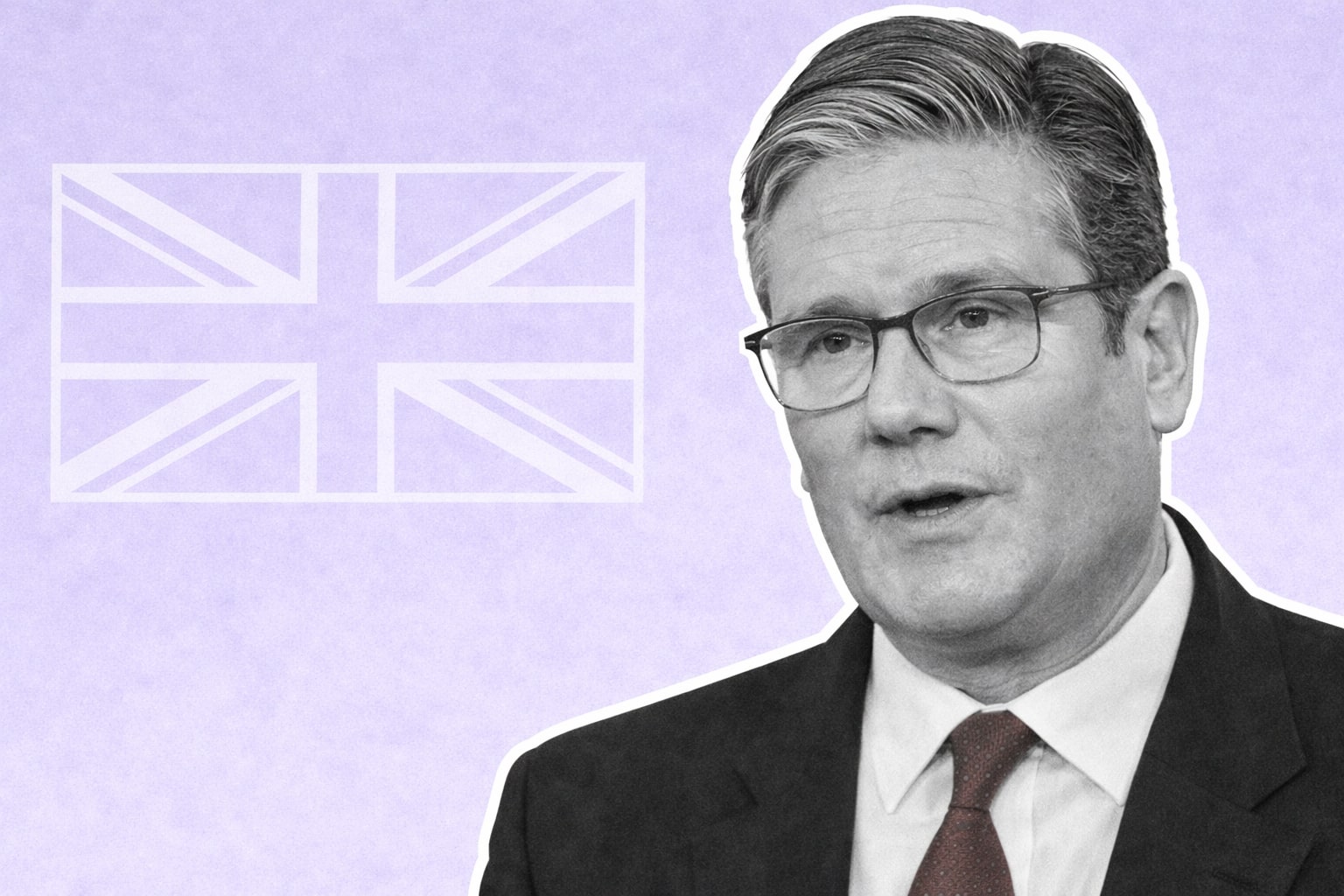US Inflation Slows Down: Consumer Prices Rise at Lowest Pace Since 2021
US Inflation Slows Down: Consumer Prices Rise at the Slowest Pace Since March 2021
US inflation is showing signs of slowing down, with consumer prices in May rising at the slowest annual pace since March 2021, according to data released by the Bureau of Labor Statistics. The Consumer Price Index (CPI), a key inflation gauge, increased by 4% for the year ending in May, marking a sharp pullback from April's 4.9% and slightly below economists' expectations of a 4.1% gain. On a monthly basis, prices ticked up 0.1%, falling short of the projected 0.2% increase.
This marks the 11th consecutive month of inflation deceleration, providing relief from the persistently high inflation experienced over the past two years. In May last year, the CPI print stood at a staggering 8.6%. The slowdown in inflation can be attributed to a drop in energy prices and a slowdown in food price hikes, along with the influence of base effects. Base effects refer to the fact that a year ago, inflation was on an upward trajectory, reaching a 41-year high of 9.1% in June. Although the current 4% inflation rate is significantly lower, it remains above the desired target of 2% set by the Federal Reserve.
Nancy Vanden Houten, lead US economist at Oxford Economics, sees this as a positive step, stating, "It's another step in the right direction." However, she acknowledges that inflation is still too high. Chris Zaccarelli, chief investment officer for Independent Advisor Alliance, agrees, noting that the Fed is ready to take a break from raising interest rates after a historic monetary tightening campaign. The Federal Reserve has raised rates for 10 consecutive meetings, with the increase of 5 points being the largest and fastest pace in decades. The central bank wants to assess whether its actions thus far are sufficient to keep inflation moving in the right direction.
The latest CPI report coincides with the Federal Reserve's monetary policymaking meeting and provides crucial data for their rate decision. The Fed has increased its benchmark interest rate 10 times since March 2022 to combat high inflation. However, it is widely expected to pause its hiking campaign this time to evaluate the cumulative effects of monetary tightening and stricter lending standards in the banking industry. Market expectations indicate a 95.3% probability of a pause in interest rate hikes.
When analyzing specific categories, cars and rent have been major contributors to inflation. Food inflation has been declining on an annual basis, but prices for groceries and food away from home saw slight increases in May. Notably, egg prices, which surged last year due to avian flu, dropped significantly, resulting in the largest monthly decrease since 1951. Excluding the more volatile components of food and energy, core CPI measured 5.3% for the year, slightly lower than April's reading. Researchers anticipate a slowdown in the cost of rents and new leases, which could lead to a reduction in shelter inflation. Wholesale used car prices have also cooled down, indicating a potential decline in prices for consumers.
The services excluding housing category, which is of particular interest to the Federal Reserve, declined by 0.2% on a monthly basis and fell to 4.2% on an annual level. Inflation within this category has been a concern, as labor costs heavily impact services businesses. Although there is no evidence of wage growth driving inflation, some economists express concerns about the impact of a strong labor market and resilient consumer spending on inflation.
The current CPI report supports the Fed's decision to pause rate hikes, as it indicates deflation and disinflation in every category. However, the persistence of core inflation suggests that it is unlikely for the Fed to cut rates this year. Traders of futures tied to the Fed's policy rate predict a high probability of the central bank forgoing a rate hike this week and reducing the chances of a rate cut by the end of the year.
In conclusion, while US inflation is showing signs of cooling down, it remains elevated. The latest CPI report provides support for the Federal Reserve to pause its interest rate hikes, but further monitoring is necessary. The slowdown in inflation can be attributed to various factors such as declining energy prices, moderation in food price hikes, and base effects. The performance of specific categories like cars, rents, and services excluding housing will be closely observed to gauge the trajectory of inflation.
Read More
-
Pagaya Stock Price Forecast - PGY at $23.20: Is PGY Stock the Cheapest AI Fintech of 2026?
19.12.2025 · TradingNEWS ArchiveStocks
-
XRP Price Forecast: XRP-USD Stuck at $1.87 With $3 2026 Target and $10–$25 Long-Term Range
19.12.2025 · TradingNEWS ArchiveCrypto
-
Oil Price Forecast: WTI Near $56 and Brent at $60 Signal Risk Toward $50
19.12.2025 · TradingNEWS ArchiveCommodities
-
Stock Market Today: AI Chip Rally Lifts Nasdaq as $7.1T Quad Witching Hits
19.12.2025 · TradingNEWS ArchiveMarkets
-
GBP/USD Price Forecast - Pound at 1.34 As BoE Cut And Soft Dollar Keep Bullish Path Toward 1.35
19.12.2025 · TradingNEWS ArchiveForex



















